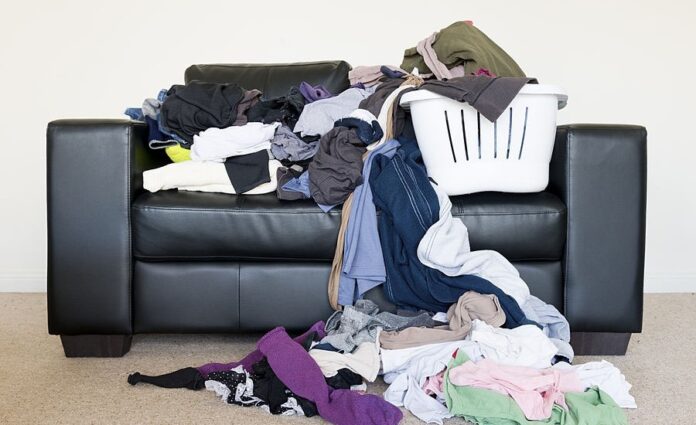If you’re interested in the world of interior design and decor, you may have come across the condition known as hoarding disorder.
Hoarding can be disturbing and distressing for onlookers, but it’s important to understand it as a mental illness that actually isn’t that uncommon. So if you have a family member, friend, or client who hoards, or if you are working on an abandoned hoarder house, read more to learn about this mental health issue.
What is hoarding disorder?
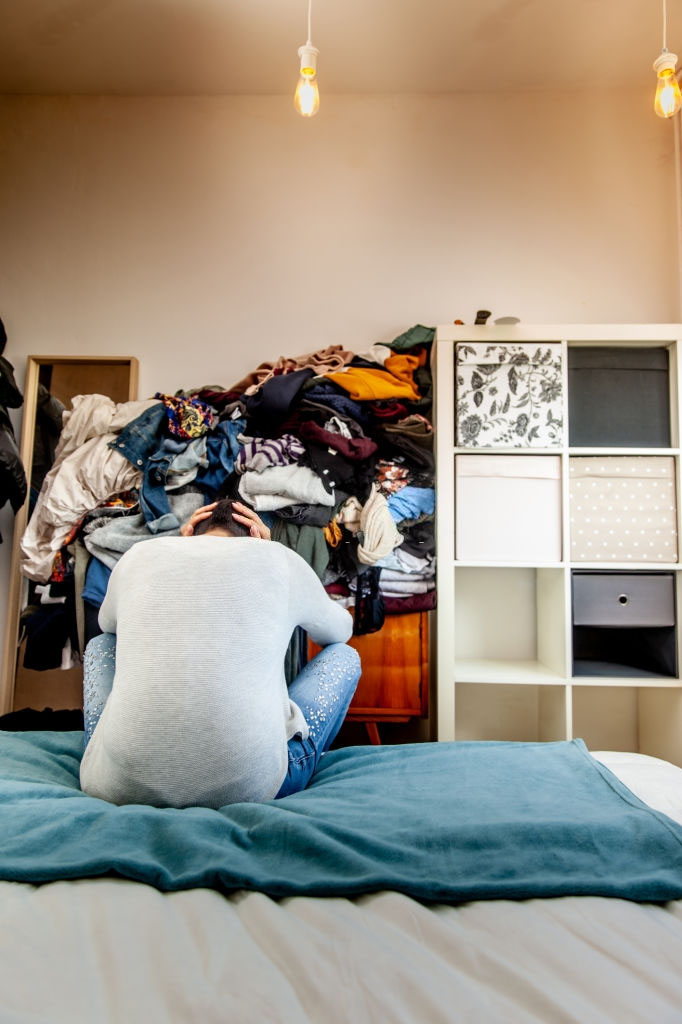
Hoarding disorder is a recognized mental disorder. It happens when a person refuses to part with items others would see as unnecessary because doing so causes them severe distress. They often have strong emotional attachments to their things and may build up so much clutter in the house that the house becomes unsafe.
Hoarding seems to affect older people and women more than others, but hoarding behavior can begin in adolescence. And it’s more common than you may think. In fact, 2–6% of Americans have experienced it.
Hoarding vs. Collecting
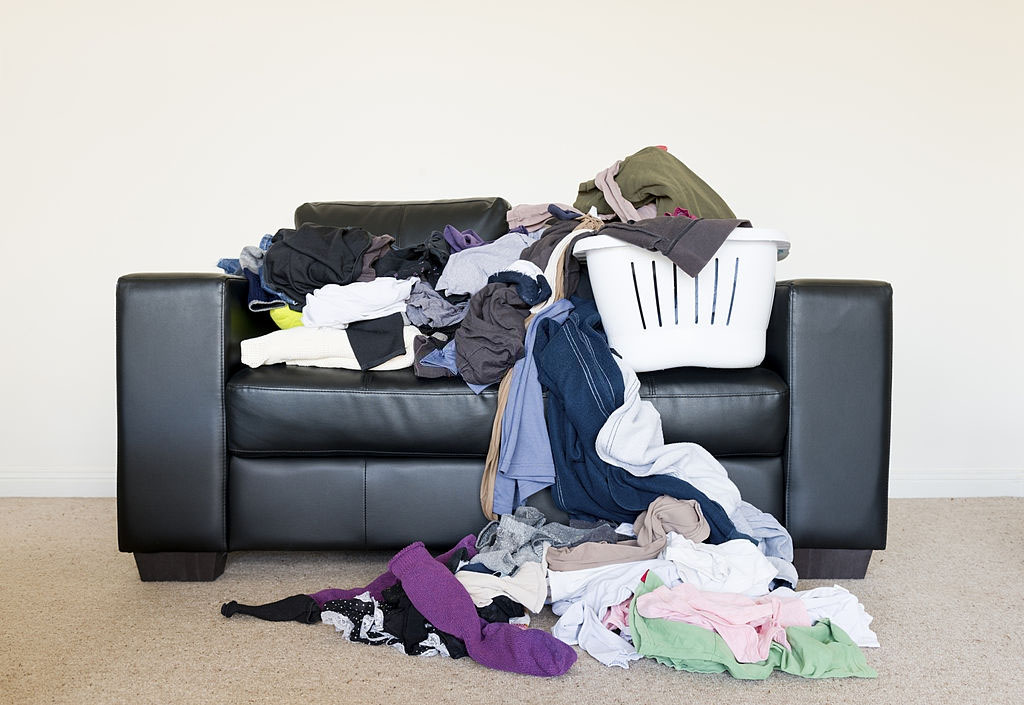
Hoarding is different from collecting. Collectors are usually organized about keeping and displaying their items while hoarders are often cluttered and disorganized. Some people may be aware that their hoarding habits are unusual while others may deny they have a problem at all.
Hoarding often affects more than just the person with the disorder. It can be frustrating for family members to live with someone who refuses to throw their clutter away. But attempting to clean out another person’s space can also cause conflict.
Can hoarding disorder be treated?
Fortunately, there are ways to treat hoarding disorder. The best way is to address the underlying issue, not just hoarding behavior. Aggressively getting rid of things for a person, no matter your intentions, can lead to resentment and distrust without resolving the real issue.
Psychotherapies
Psychotherapies like cognitive behavioral therapy (CBT) can help a hoarder. CBT aims to change how a person interprets a situation with the hope of changing the way they feel and behave. You can find CBT treatment with a mental health professional, such as a therapist or counselor. There are also numerous CBT resources online.
Medications
In some cases, medication may help hoarders. For example, a doctor may prescribe antidepressant-like or . Such prescription drugs can be found at lower prices through pharmacy referral sites like , where they are shipped from licensed pharmacies in countries with stricter price regulations.
Medication alone may not stop hoarding behavior, but it may significantly reduce the distress experienced by the hoarder when throwing things away.
Is it dangerous to help a hoarder?
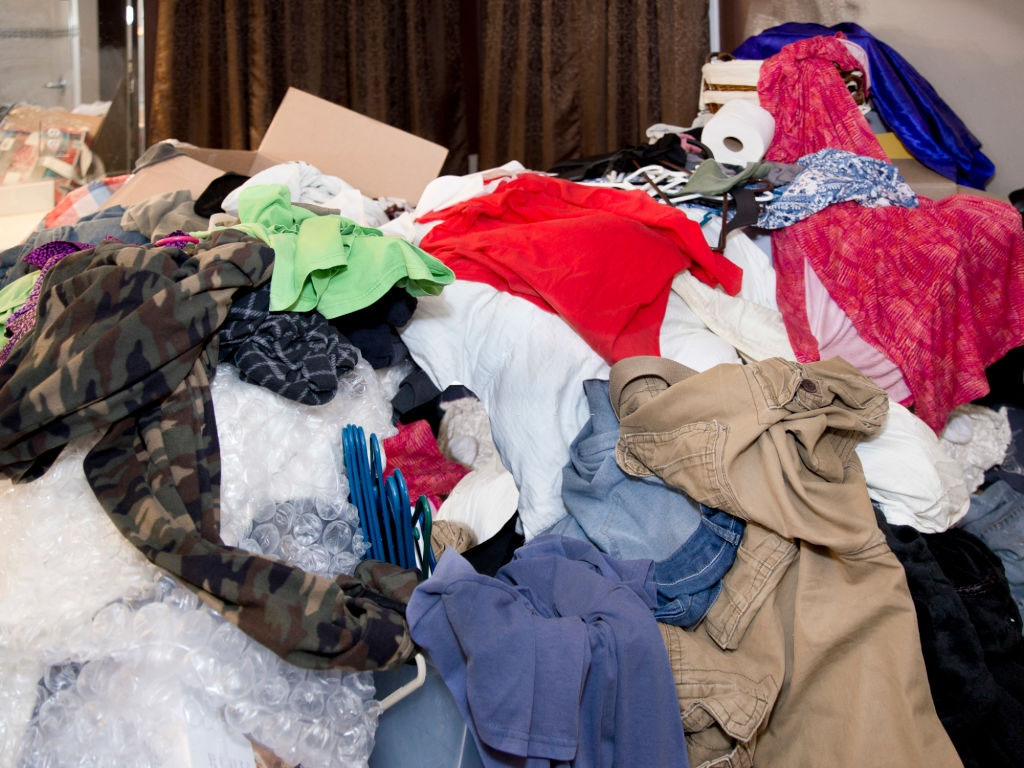
If you find yourself helping a hoarder clean their space, safety is paramount. Mold, dust, and even pest problems like a rat infestation can be present. You may want to wear gloves and clean your clothes immediately after. In severe cases, there may be biohazardous substances like human or animal waste.
Fire Safety
Hoarding spaces can be quite hazardous in the event of a fire. Flammable material, such as paper and fabrics, can help a fire spread. And since helping a hoarder clean their space often takes a long time, you might want to exercise the following precautions against these hazards in the meantime:
- Ensure there are working smoke alarms and methane gas detectors.
- Clear the cooking area first. Keep items, especially flammable ones, away from sources of heat, lamps, and electrical wiring.
- Plan an escape route, and practice it.
- If you must stack items, keep the stacks as low and stable as possible to prevent things from falling over and causing injury and obstruction.
- Prioritize clearing out flammable material, such as draperies, paper, and clothing.
When Not to DIY
In some cases, you may need to hire professional help to clear a hoarding house. This is especially true if there are human or animal bodily fluids, as these can carry diseases. Do not attempt to clean in these situations without the proper training. Instead, hire a professional cleaning service with the proper biohazard equipment.
What’s the best way to help a hoarder?
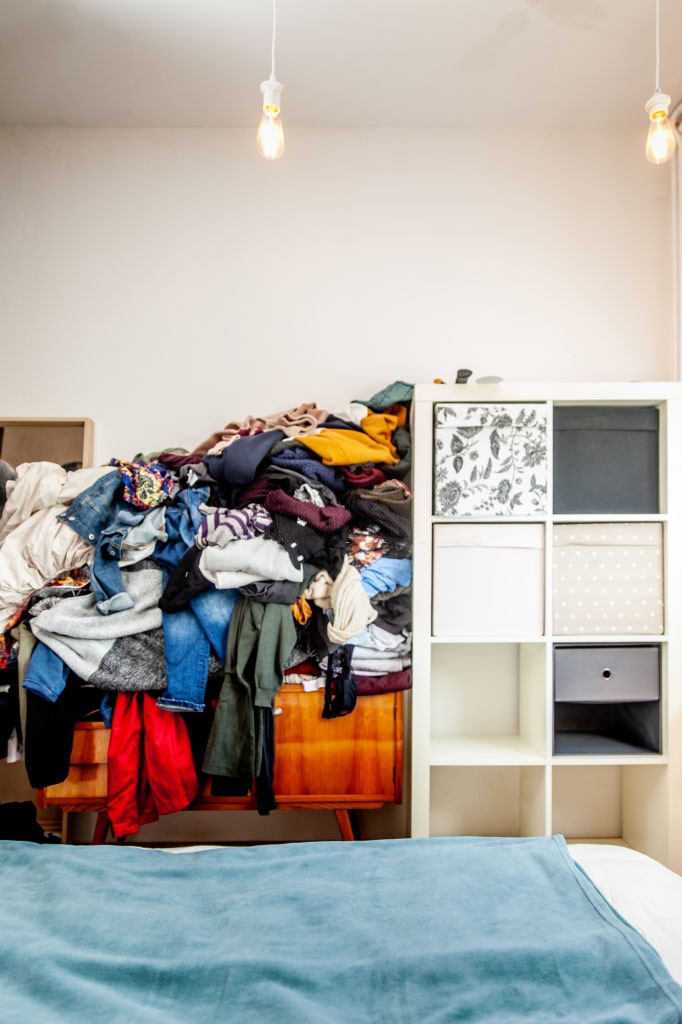
Helping a hoarder will require patience. The International OCD Foundation (IOCDF) has the following recommendations:
- Make sure you and other family members and friends are not enabling the problem. For example, do not save newspaper clippings for the hoarder if they enjoy collecting those.
- Communicating with a hoarder can quickly turn into arguing. The IOCDF recommends motivational interviewing (MI) as a way to communicate. Instead of directly telling someone to change, MI encourages the person to find solutions on their own.
- Change judgmental statements like “do you really want visitors to see all this?” to encouragement based on safety concerns, like “maybe you’d like to organize these papers away from the stove.”
- Focus on harm reduction, not complete 180-degree change.
At the end of the day, try your best to be compassionate. People with hoarding disorder are rarely simply messy, disorganized, or dirty individuals. They have very real and legitimate mental issues that are severely damaging their lives.

